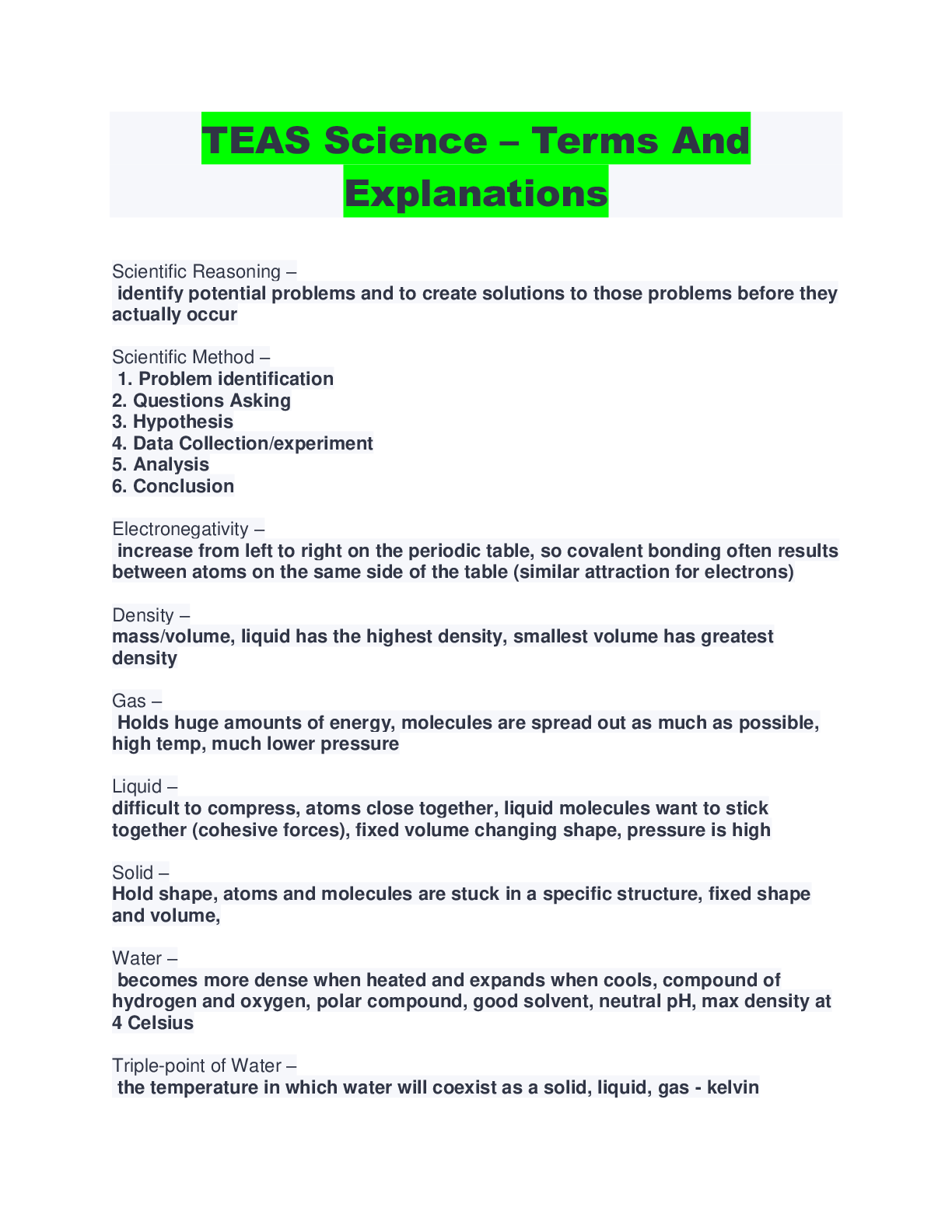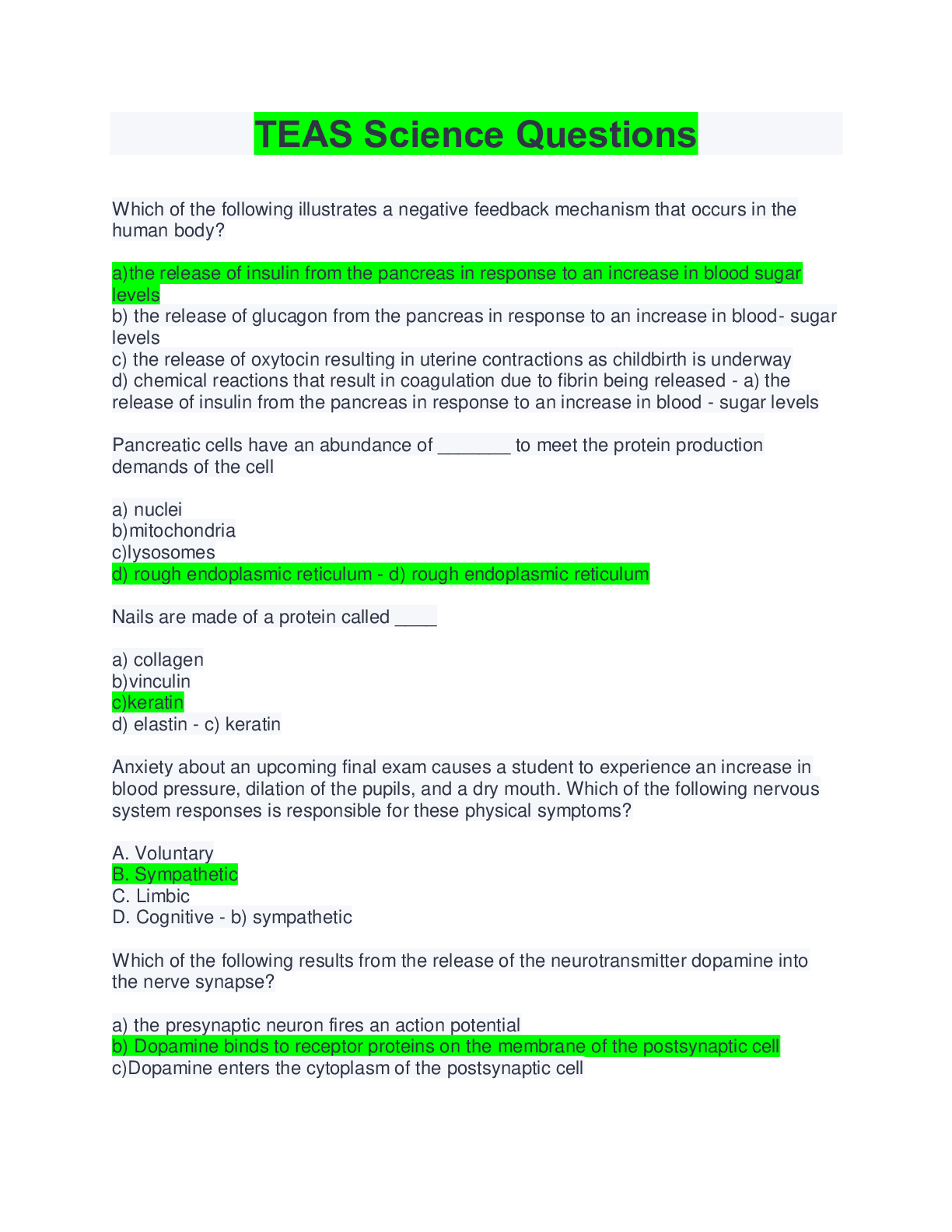Health Care > EXAM > NHA CCMA EXAM REVIEW TERMS AND EXPLANATIONS( WITH COMPLETE TOP SOLUTION RATED A) (All)
NHA CCMA EXAM REVIEW TERMS AND EXPLANATIONS( WITH COMPLETE TOP SOLUTION RATED A)
Document Content and Description Below
Chief Complaint- the reason why the patient came to see the physician. History of Present Illness- explanation of the CC to determine the onset of the illness. Past, family, and social hist... ory- summary of personal and family health problems as well as social to include marital status, occupation, use of drugs, etc. Body Processes necessary for life: - Body Temperature, Respiration, Heart Function Vital Signs of body function-: temperature, pulse, respiration, blood pressure Febrile- presence of fever afebrile- absence of fever intermittent fever- fluctuating fever that returns to or below baseline remittent fever- fluctuating fever that remains elevated and does not return to baseline continuous fever – fever that remains constant; does not fluctuate axillary temperature – least accurate; taken under the arm tympanic temperature – useful for children; placed in the ear rectal temperature – per rectum; most effective normal adult pulse range – between 60-100 bpm apical pulse – taken over the apex of the heart by auscultation normal respiration rate – 12-20 per minute (Adults) apnea – temporary complete absence of breathing tachypnea – respiration rate greater than 40 per minute bradypnea – decrease in the numbers of respiration Cheyne stokes – regular pattern of irregular breathing rate orthopnea – decrease in numbers of respiration hypoventilation – reduced amount of air enters the lungs resulting in decreased oxygen level hyperpnea – abnormal increase in the depth and rate of breathing hyperventilation – increased amount of air entering the lungs Systole – the highest amount of pressure exerted during the cardiac cycle Diastole – the lowest amount of pressure exerted during the cardiac cycle Palpation – the sense of touch to determine the characteristics of an organ system Percussion – tapping or striking the body to determine the position, size and density of the underlying organ/tissue Auscultation – listening to sounds produced by internal organs Horizontal Recumbent Position – patient lies on back w/legs extended (used for most physical exams) Dorsal Recumbent Position – patient lies on back with knees flexed and soles of the feet flat on the bed Fowler's Position – semi/sitting position where back of the table is elevated. Dorsal Lithotomy Position – patient lies on back with knees flexed, legs separated and thighs are acutely flexed. feet are usually in stirrups, Prone position – patients lies on abdomen with head turned to side Sim's position – patient lies on left side with right knee flexed against the abdomen and left knee slightly flexed knee-chest position – patient is on knees with chest resting on the bed and elbows resting on the bed above head OSHA – Occupational Safety and Health Administration external hemorrhage – controlling the bleeding is most effectively accomplished by elevating the affected part above heart level Shock – occurs when there is insufficient return of blood flow to the heart CPR – Cardiopulmonary Resuscitation AMS – Agent, Modes of Transmission, Susceptible Hosts agents – infectious microorganisms that can be classified into groups; viruses, bacteria, fungi, and parasites Portal of Exit – the method by which an infectious agent leaves the reservoir 5 Modes of Transmission – Droplet, Airborne, Common Vehicle, Vectorborne, Contact (direct or indirect) Susceptible Host – Not Resistant or Immune Medical Asepsis – the destruction of pathogenic microorganisms after they leave the body disinfection – use of various chemicals that can be used to destroy many pathogenic microorganisms 1:10 Solution – most readily available and least expensive disinfectant surgical asepsis – all microbial life, pathogens and non-pathogens are destroyed before an invasive procedure Gas Sterilization – often used for wheelchairs and hospital beds Dry Heat Sterilization – requires higher temperature than steam sterilization but longer exposure times Chemical Sterilization – use of the same chemical used for chemical disinfection Steam Sterilization (autoclave) – uses steam under pressure to obtain high temperature of 250-254F with exposure of 20-40 min Handwashing – the most important means of preventing the spread of infection Personal Protective Equipment – Masks, goggles, face shileds, respirators isolation precautions – method of infection control that assumes all human blood and body fluids were potentially infectious standard precautions – designed to prevent direct contact with blood and other body fluids u using PPE transmission based precautions – the second tier of precautions are to be used when the patient is known or suspected of being contagious po – by mouth/orally pr – per rectum sl – sublingual (under the tongue) iv – intravenous im – intramuscular sq – subcutaneous qd – every day bid – twice a day tid – three times a day qid – four times a day pc – after meals / not on empty stomach qhs – each night prn – as needed heart location – in the thoracic cavity between the lungs just behind the sternum Upper chambers of the heart – right & left atria (atrium-singular) Lower chambers of the hear – Right & left ventricles Endocardium – innermost layer of the heart Myocardium – middle layer of the heart Epicardium – outermost layer of the heart pericardium – the sac in which the heart is contained right atrium – receives deoxygenated blood returning to the heart via the superior vena cava right ventricle – receives deoxygenated blood from the right atrium which it pumps to the lungs for oxygenation through the pulmonary artery pulmonary arteries – the only arteries in the body that carry deoxygenated blood left atrium – receives deoxygenated blood returning from the lungs via the rught and left pulmonary veins pulmonary veins – the only beins in the body that carry oxygenated blood left ventricle – receives the oxygenated blood from the left atrium and pumps it to the body through the aorta aorta – the largest artery of the body Atrioventricular Valves (AV) – Tricuspid & Mitral Valve Tricuspid Valve – between the right atrium and the right ventricle Mitral Valve – between the left atrium and left ventricle Pulmonic Valve – between the right ventricle and pulmonary trunk Aortic Valve – between the left ventricle and aorta Murmurs – caused by diseases of the valves or other structural abnormalities S1 – first heart sound S2 – second heart sound Autonomic Nervous System (ANS) – subdivided into Sympathetic and Parasympathetic systems ANS – Automatic Nervous System sympathetic nervous system – affect both the atria and ventricles by increasing the heart rate parasympathetic nervous system – affects only the atria by decreasing the heart rate automaticity – the ability of the cardiac pacemaker cells to spontaneously initiate their own electrical impulse without being stimulated from another source excitability – the ability to respond to external stimulus: chemical, electrical, and mechanical conductivity – the ability of all cardiac cells to receive an electrical stimulus and transmit the stimulus to other cardiac cells Contractility – the ability of the cardiac cells to shorten and cause cardiac muscle contraction in response to an electrical stimulus Depolarization – positive - contracting repolarization – negative - relaxation SA Node – primary pacemaker of the heart and has a normal firing rate of 60-100 bpm LEAD I – Left Arm is positive Right Arm is negative LEAD II – Left Leg is Positive Right Arm is negative LEAD III – Left Leg is positive Left Arm is negative Lead aVR – Right arm is positive and the other limbs are negative Lead aVL – Left arm is positive and the other limbs are negative Lead aVF – Left leg/foot is positive and the other limbs are negative V1 – 4th intercostal space, right sternal border V2 – 4th intercostal space, left sternal border V3 – between v2 and v4 V4 – 5th intercostal space, left midclavicular line V5 – 5th intercostal space, anterior axillary line V6 – 5th intercostal space, midaxillary line horizontal axis – represents time: 1mm vertical axis – measured in millivolts running speed – 25mm/sec waveform – refers to movement away from the isoelectric line segment – line between two waveforms interval – waveform plus a segment complex – several waveforms P WAVE – deflection produced by atrial depolarization QRS COMPLEX – represents ventricular depolarization (activation) Q WAVE – initial negative deflection R WAVE – first positive deflection S WAVE – first negative deflection T WAVE – deflection produced by ventricular repolarizations Wandering Baseline – causes the baseline of the tracing to move up and down; due to interference with the signal stress test – noninvasive diagnostic procedure to determine the presence and severity of coronary artery disease ischemia – decrease in the amount of blood flow holter monitor – contains 5 electrodes attached to the patients trunk code of ethics – standards of right and wrong blood vessels: - aorta, arteries, capillaries, venules, veins, superior and inferior vena cava Tunica adventitia – outer connective tissue Tunica media – middle smooth layer Tunica Intima – inner endothelial layer Avg blood amount for adult – 5-6 liters Plasma – liquid portion of the blood Erythrocytes – red blood cells Leukocytes – white blood cells 120 days – normal life span of an RBC Leukocyte function – protects against infection Thrombocytes-platelets – small irregularly shaped packets of cytoplams Hemostasis – process by which blood vessels are repaired after inkury Vascular Phase – stage 1 of hemostasis [Show More]
Last updated: 1 year ago
Preview 1 out of 20 pages

Reviews( 0 )
Document information
Connected school, study & course
About the document
Uploaded On
Jul 04, 2022
Number of pages
20
Written in
Additional information
This document has been written for:
Uploaded
Jul 04, 2022
Downloads
0
Views
30


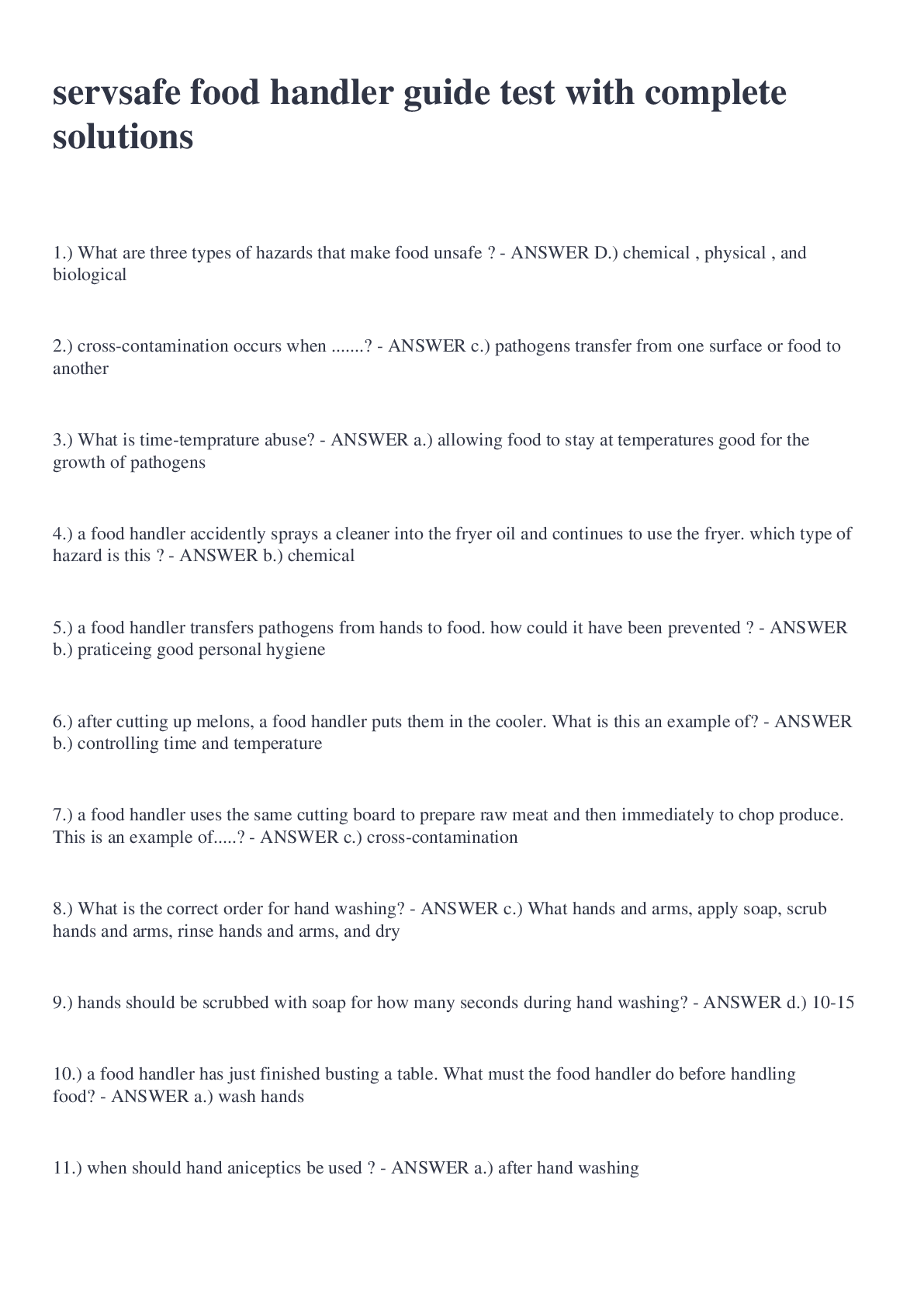


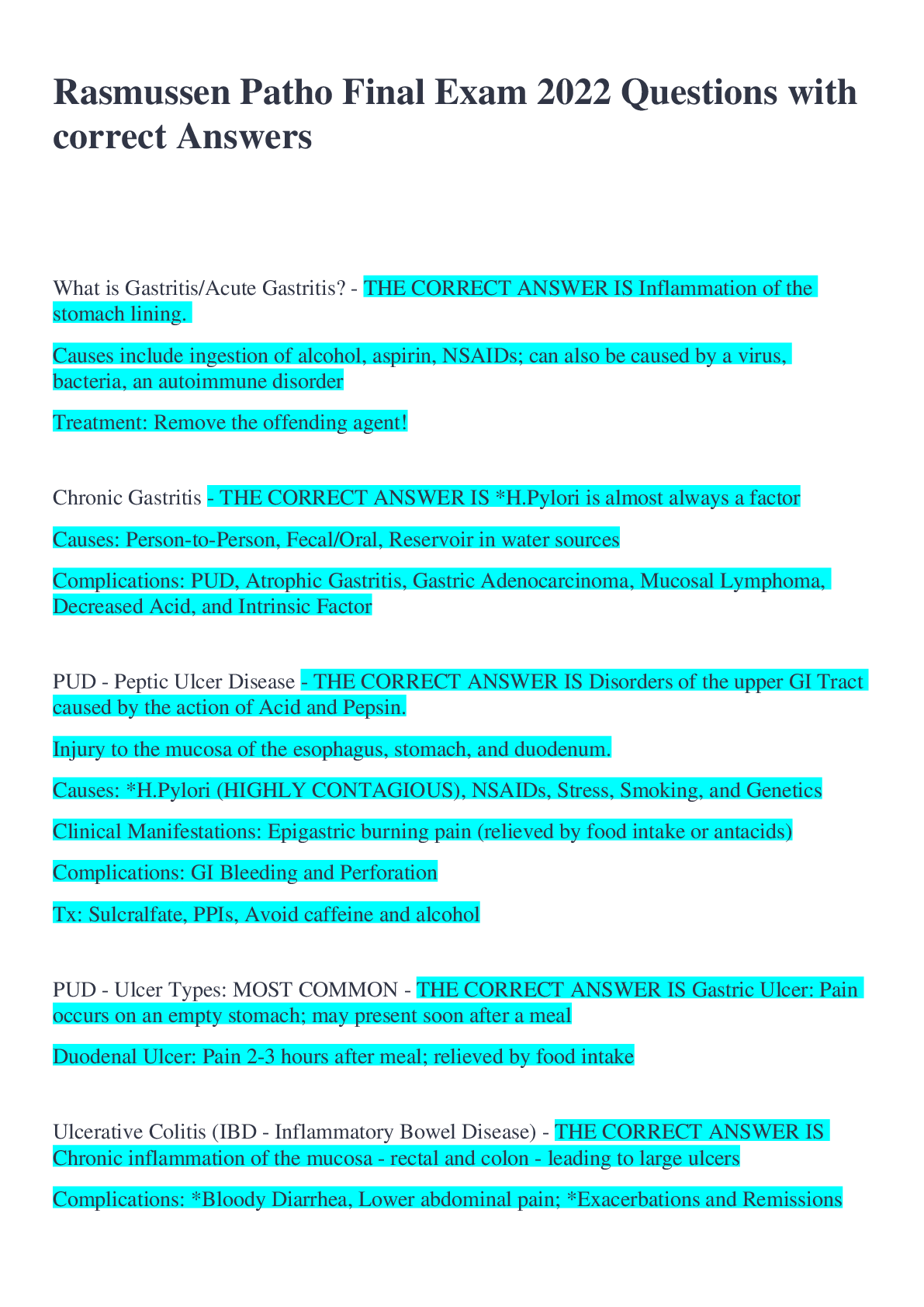

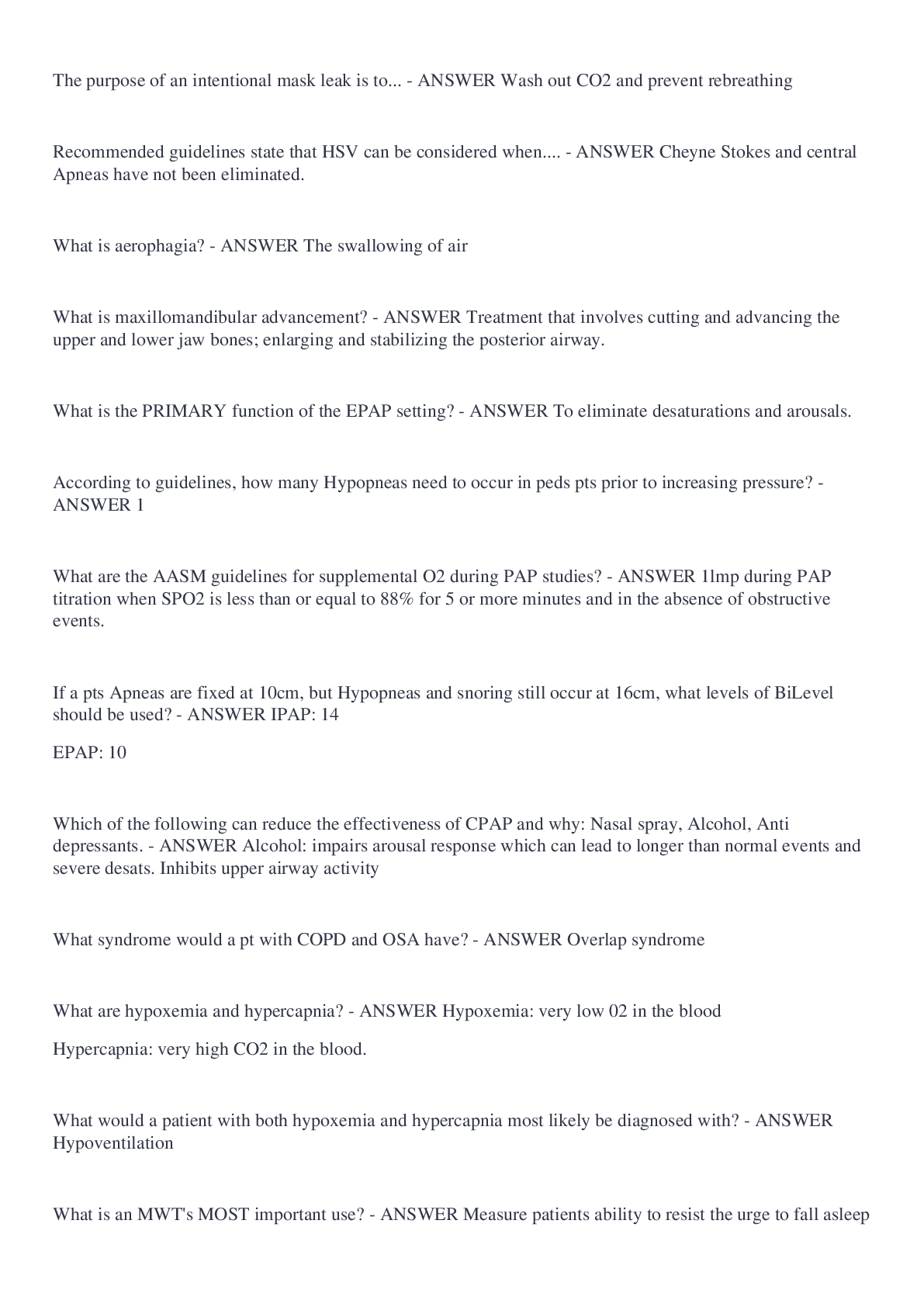



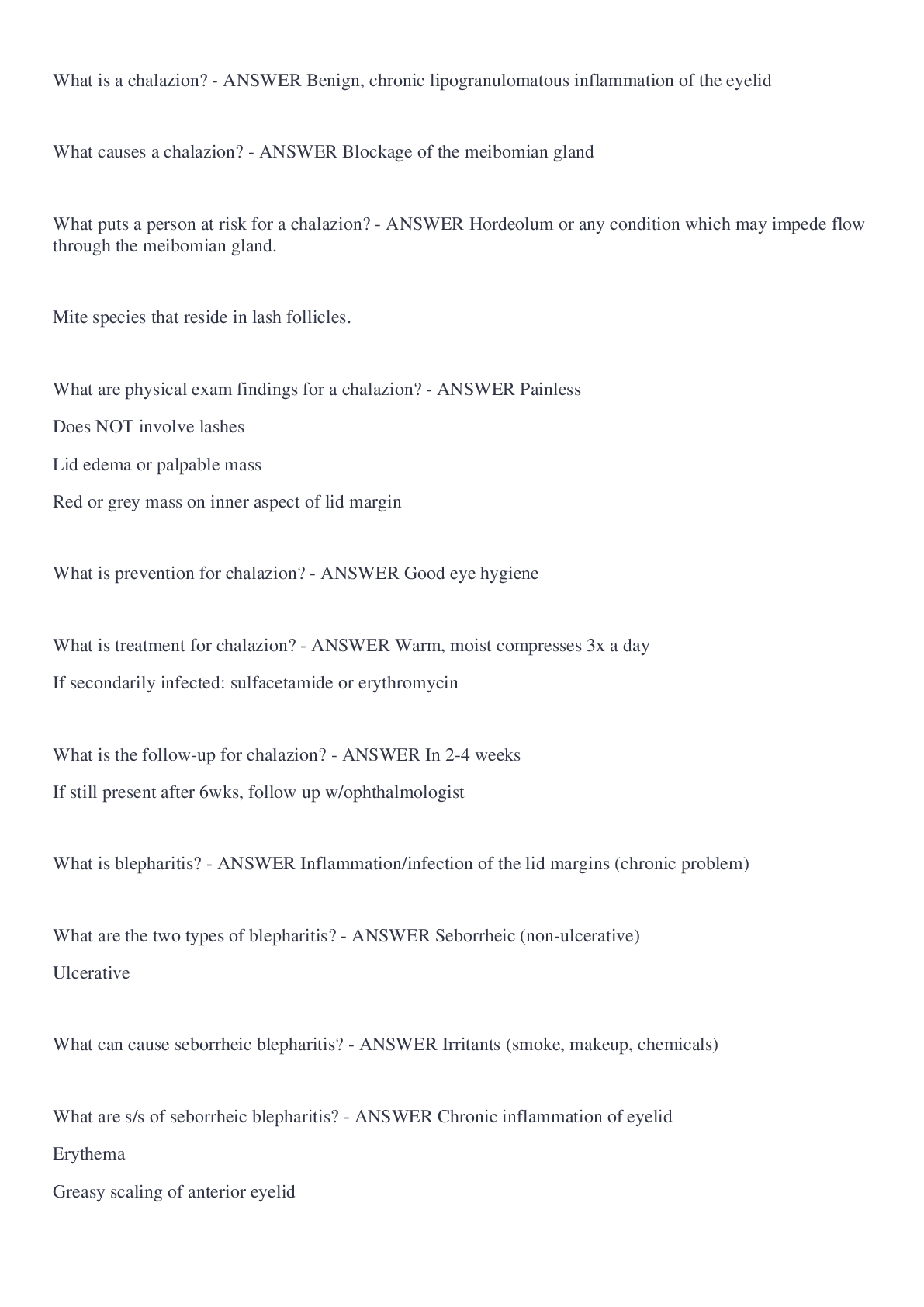


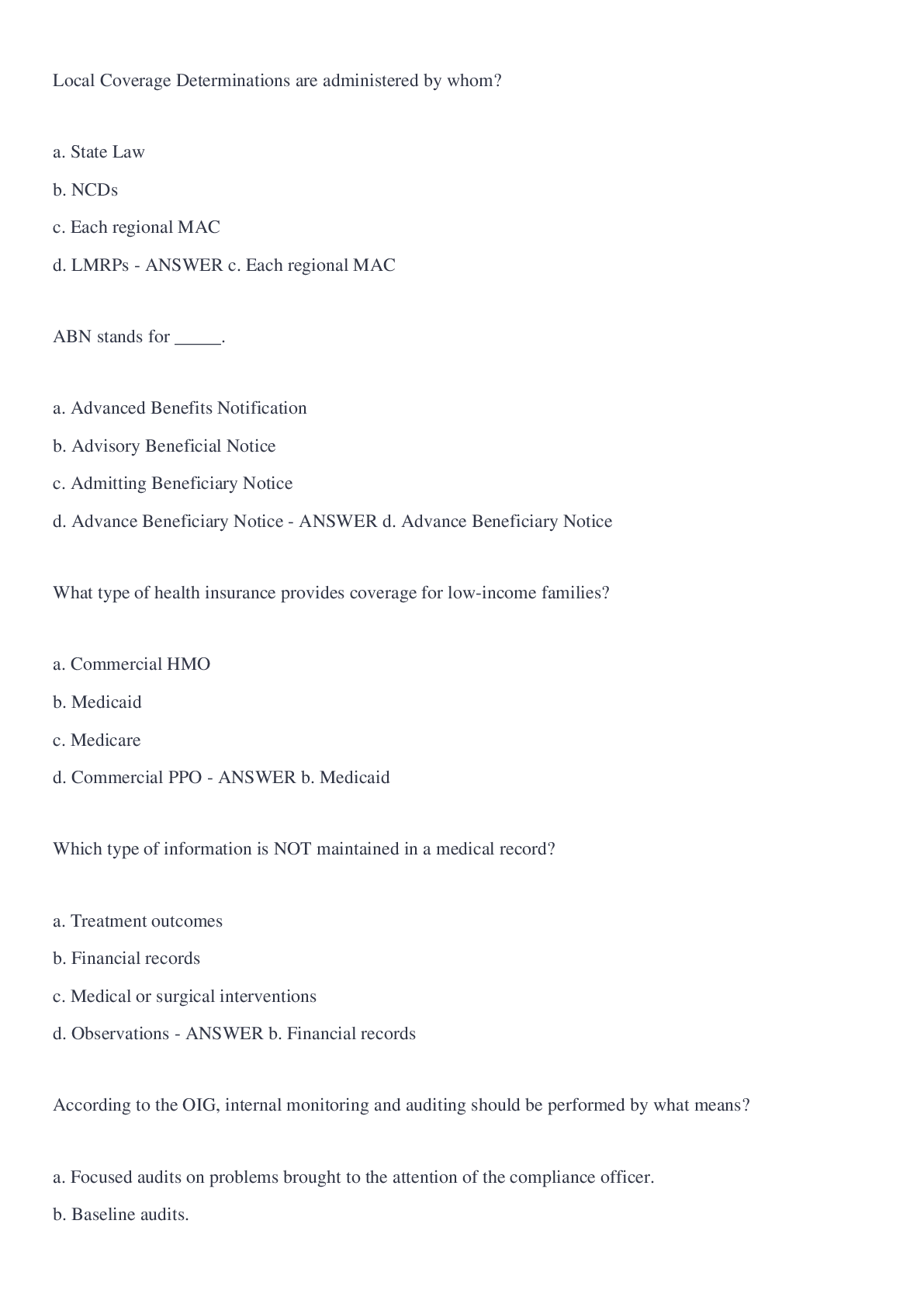
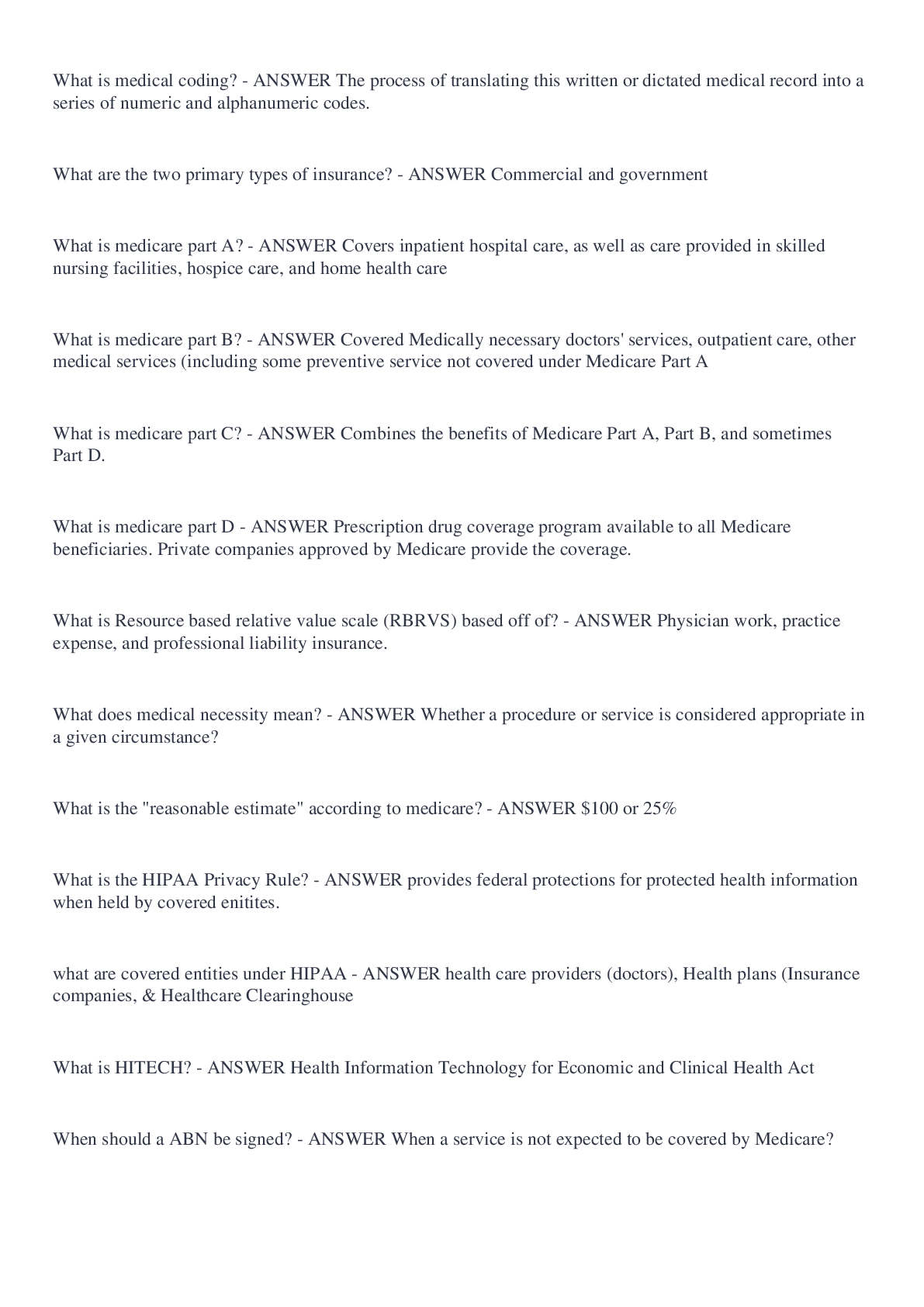
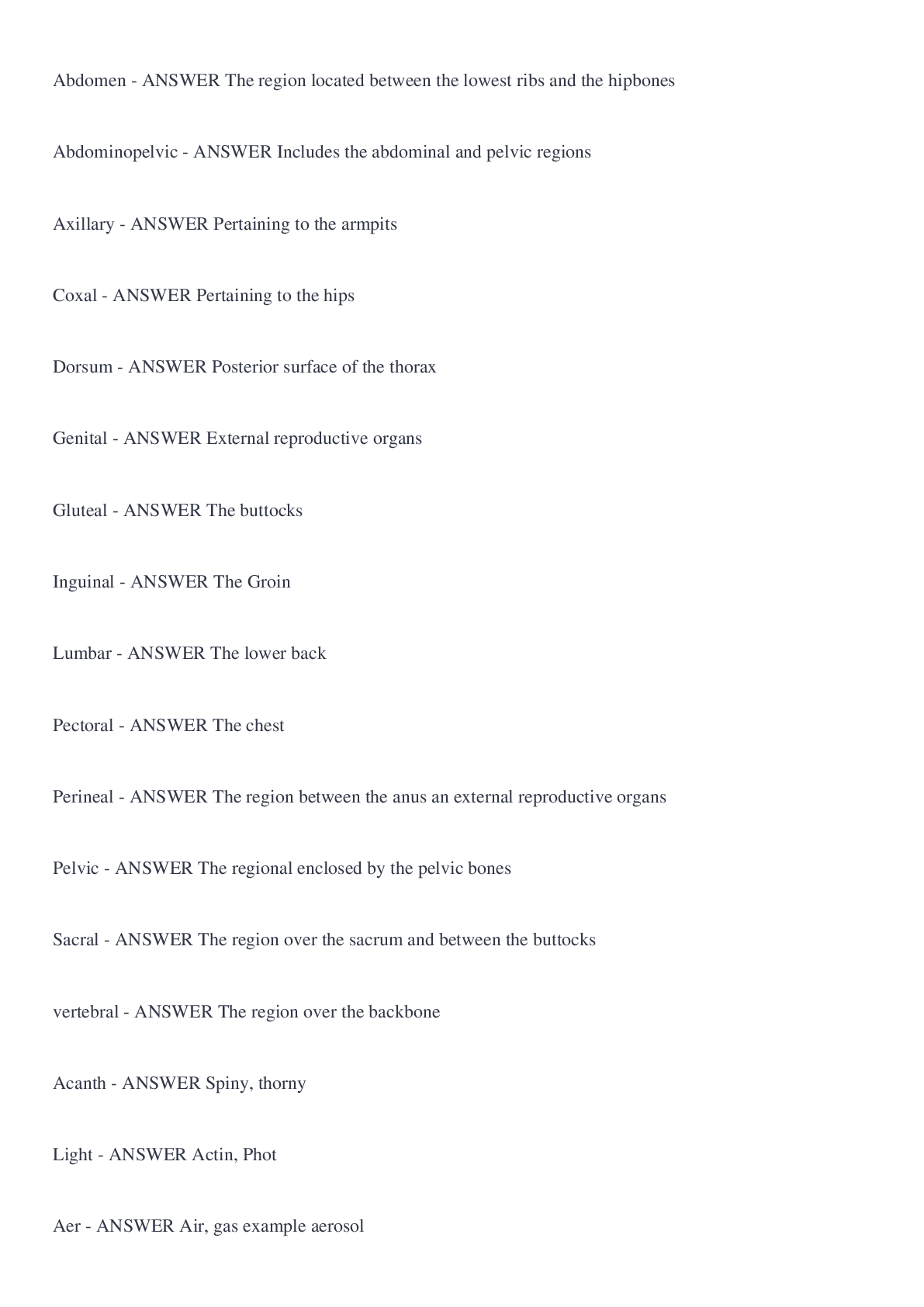
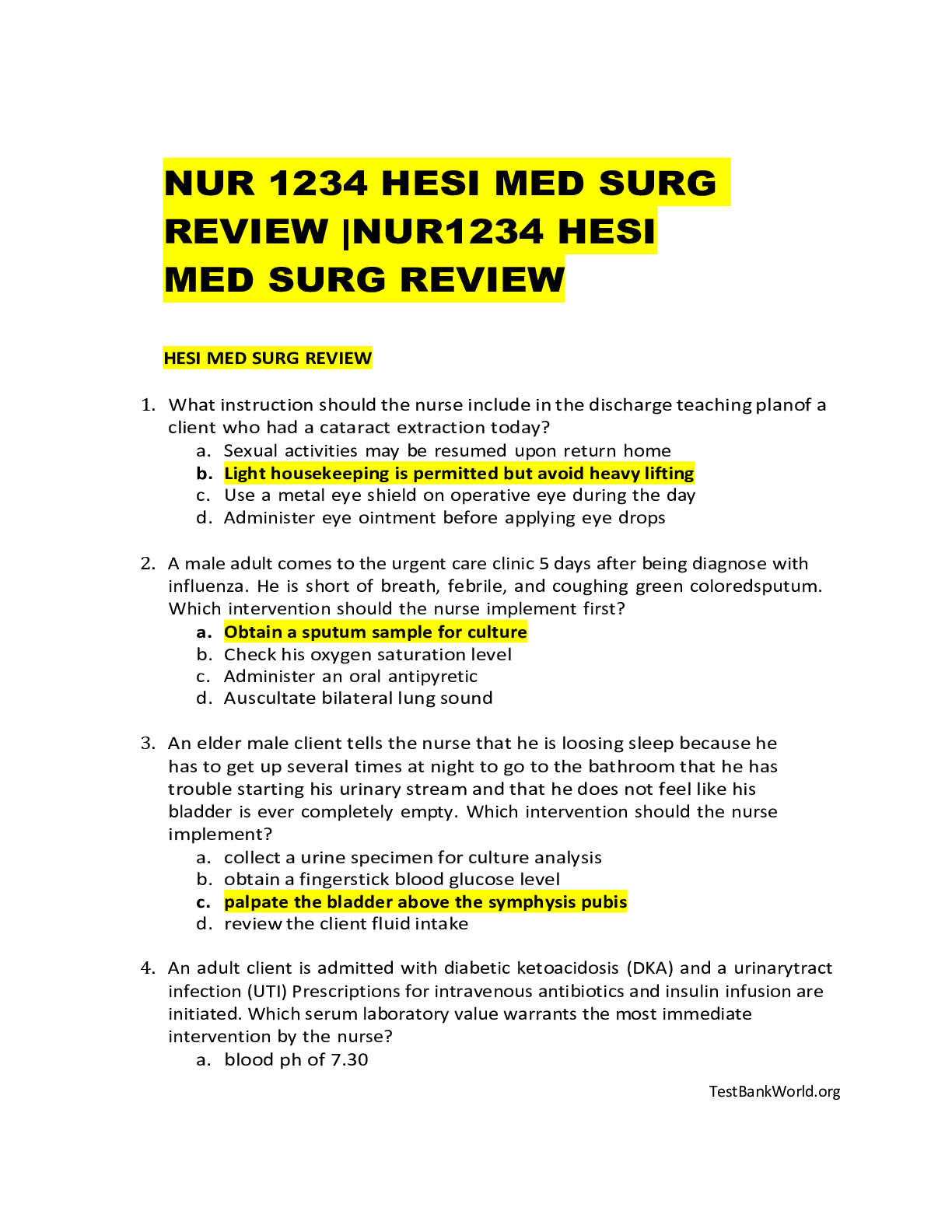
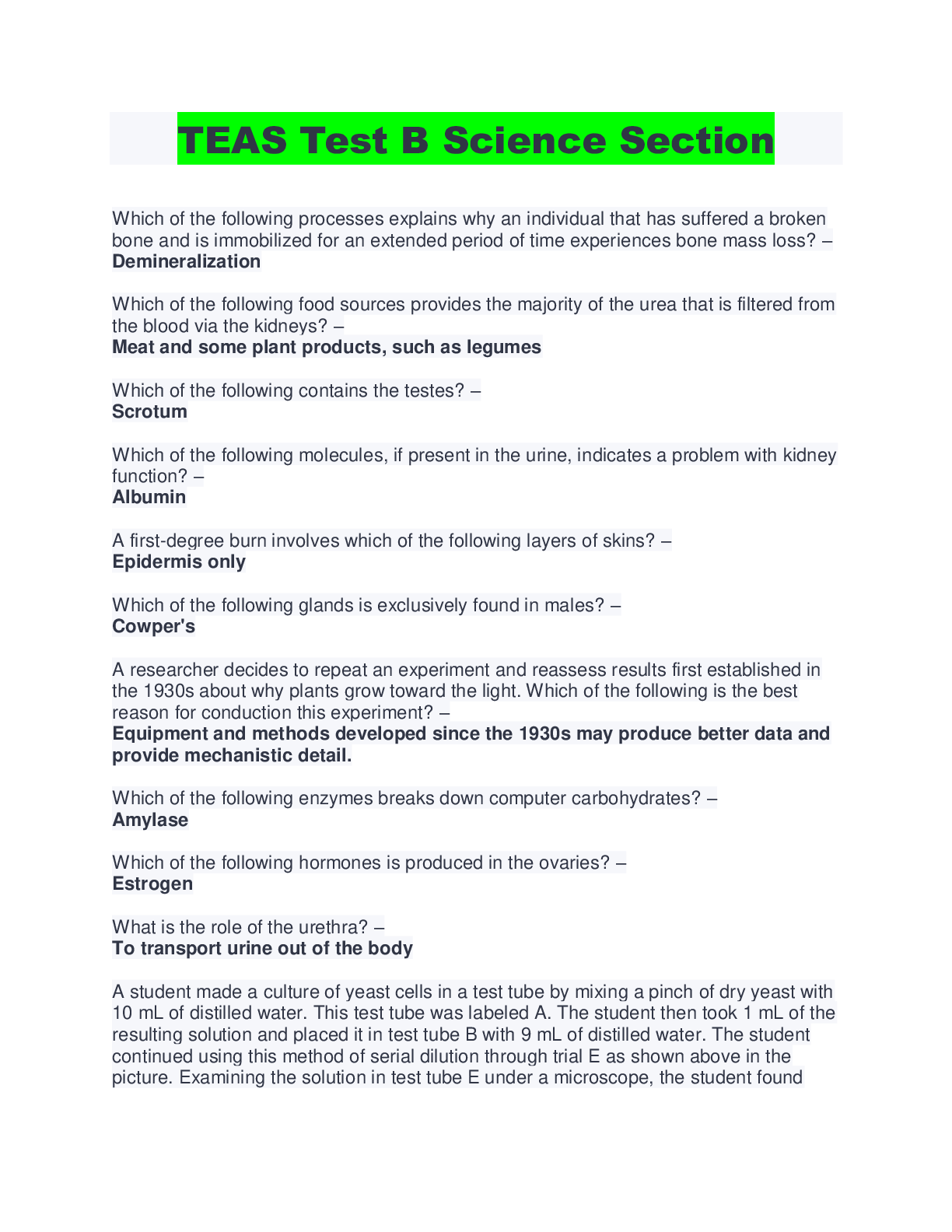

 With Complete Solution RATED A.png)

.png)

.png)
.png)
.png)

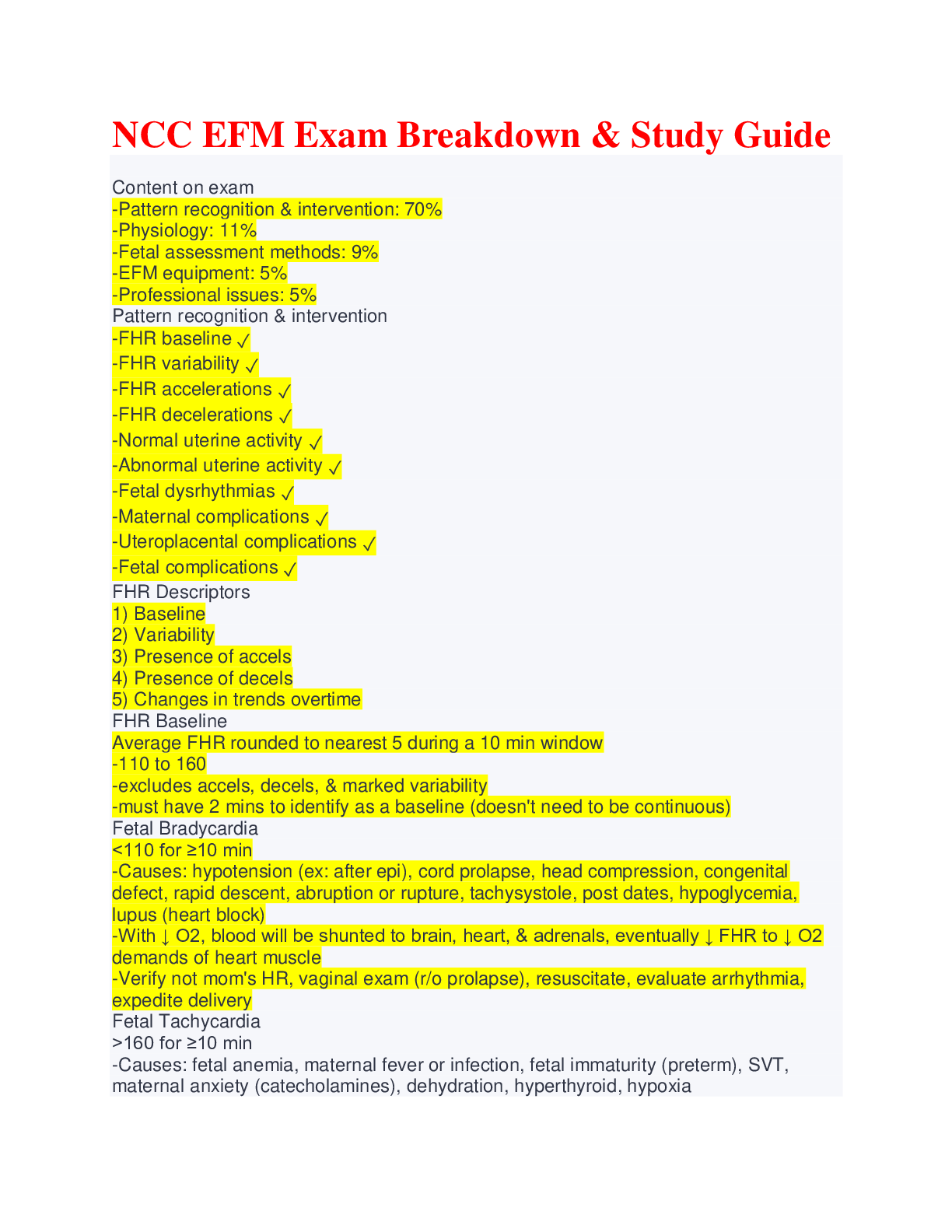
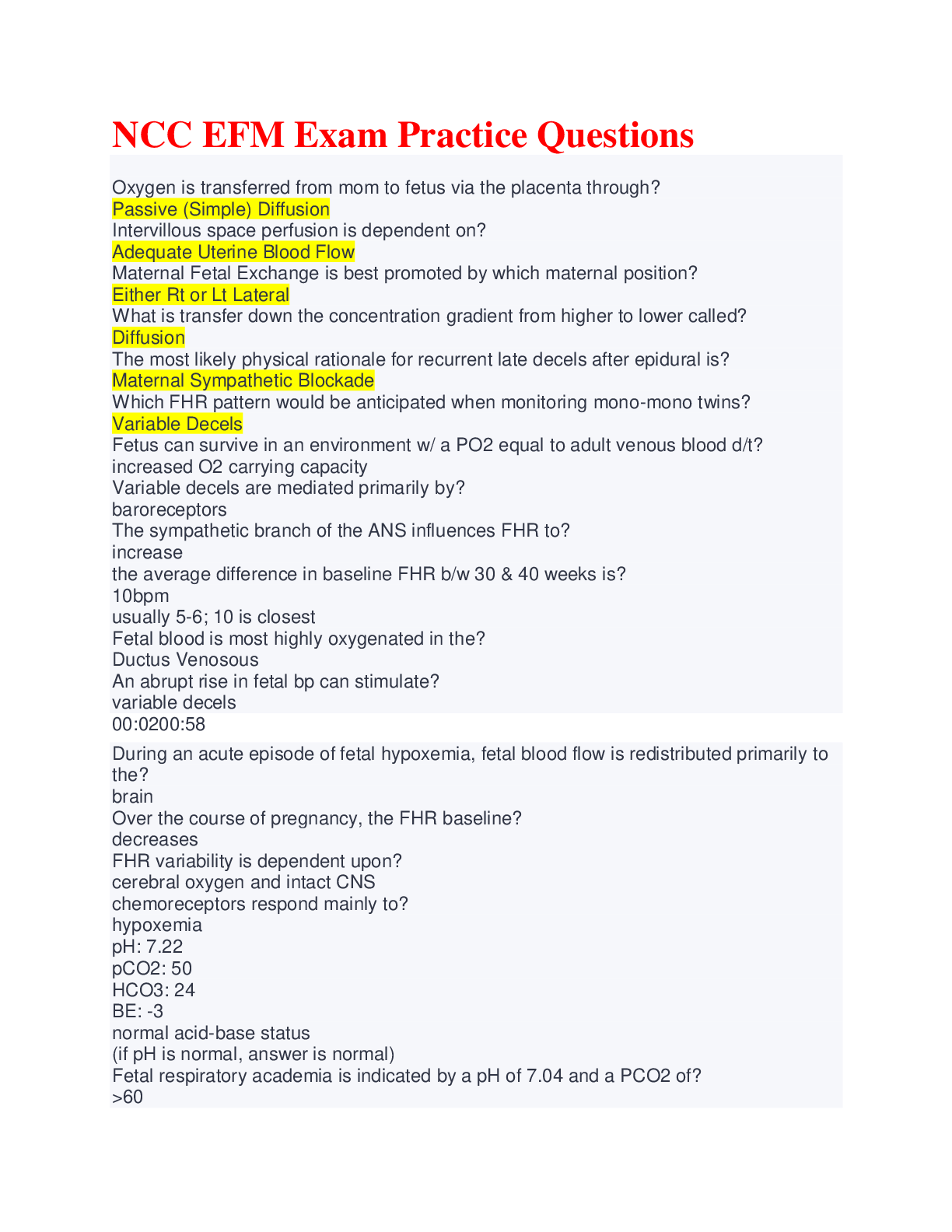
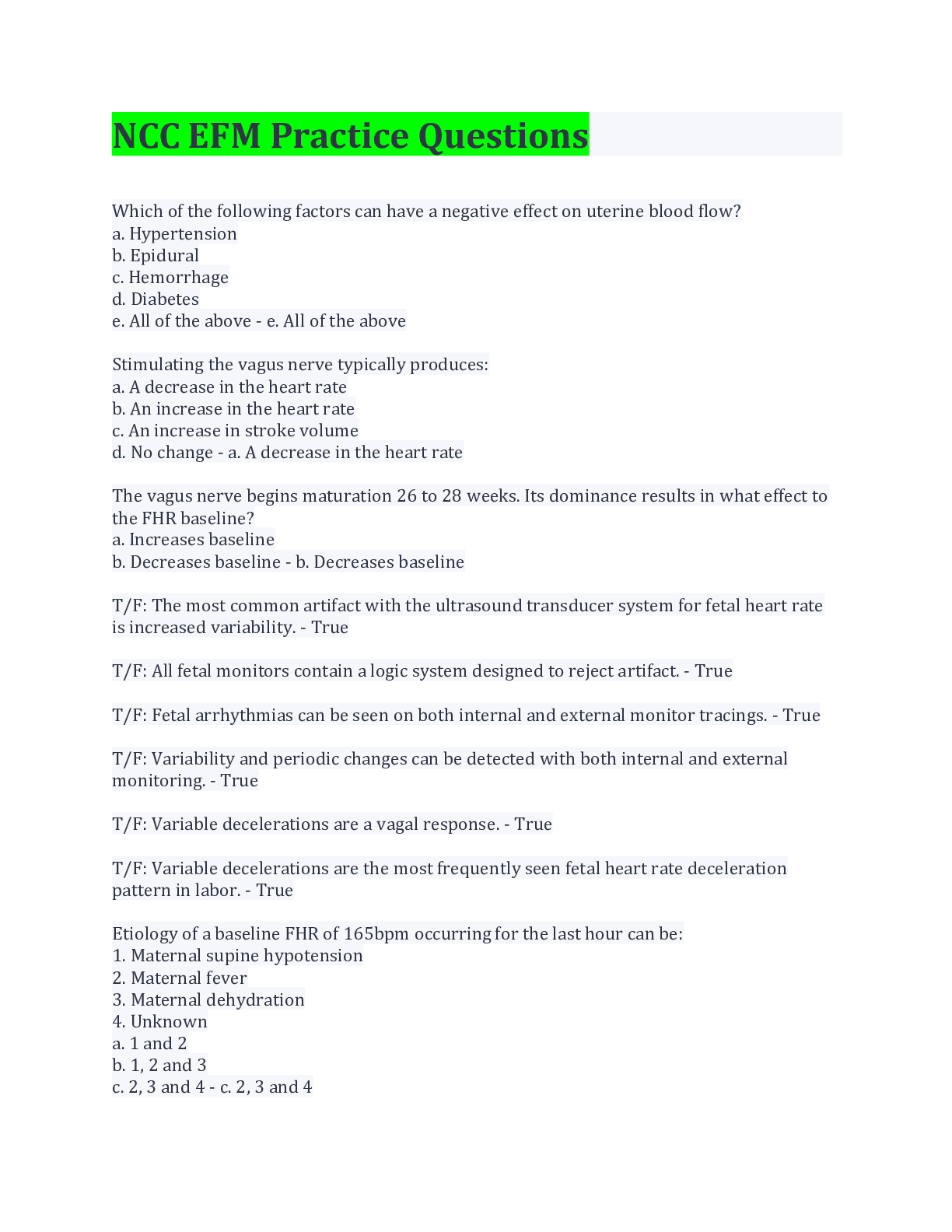

.png)

